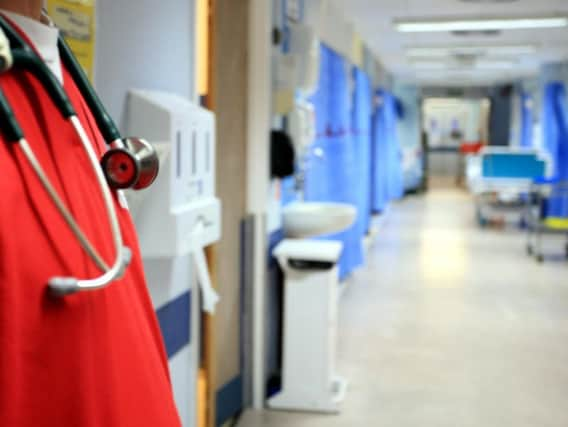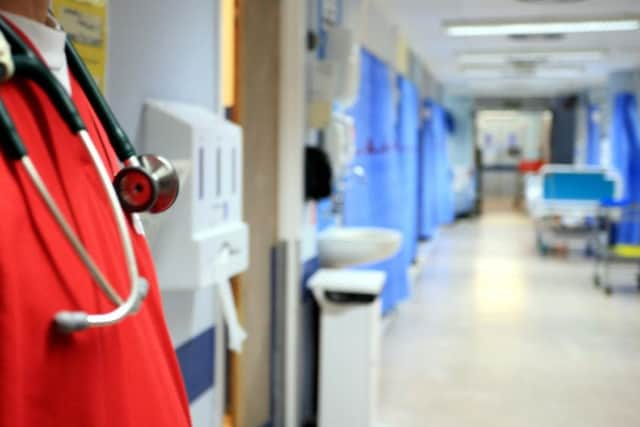Acute lymphoblastic leukaemia explained


Acute lymphoblastic leukaemia is the most common form of childhood leukaemia, with up to 400 young people diagnosed every year in the UK.
According to Children with Cancer UK, more than half of these youngsters are under the age of five years old.
Advertisement
Hide AdAdvertisement
Hide AdLeukaemia is a cancer of the white blood cells, which help to fight infection.


Boys have a greater risk of developing the illness, for reasons which are unknown, and also need treatment for longer.
Treatment and prognosis
Until the 1960s, childhood leukaemia was incurable. Today, thanks to advances in research and care, survival rates are over 90 per cent.
The cancer is quick developing, with symptoms including persistent infections, unusual bleeding or bruising, tiredness, paleness, and breathlessness.
Advertisement
Hide AdAdvertisement
Hide AdOther symptoms, according to the NHS, can include bone and joint pain and a purple rash, as well as unexplained weight loss.
The main treatment is chemotherapy, given in blocks along with steroids.
The initial aim of treatment is remission, killing the leukemia cells. Then children enter 'maintenance therapy', to prevent relapse.
This can take treatment to two years for girls, and three for boys.
Advertisement
Hide AdAdvertisement
Hide AdAmong the charities supporting young people with cancer is the Ellen MacArthur Cancer Trust.
The national charity aims to rebuilds confidence after cancer, using sailing to support, empower and inspire young people in re-engaging with life and embracing their futures with optimism.
Selby teenager Francesca Taylor-Draper, who spent this summer sailing off the coast of Scotland with the charity as she enters the maintenance phase of her illness, said: “The trip really helps, especially when you’ve been through treatment and you do lose a lot of your confidence.
"You start thinking you’re never going to be able to be independent and try things out. You just want to have that comfort to know you can do it, so it helps and encourages you to try new things and helps build your confidence when you try those things."